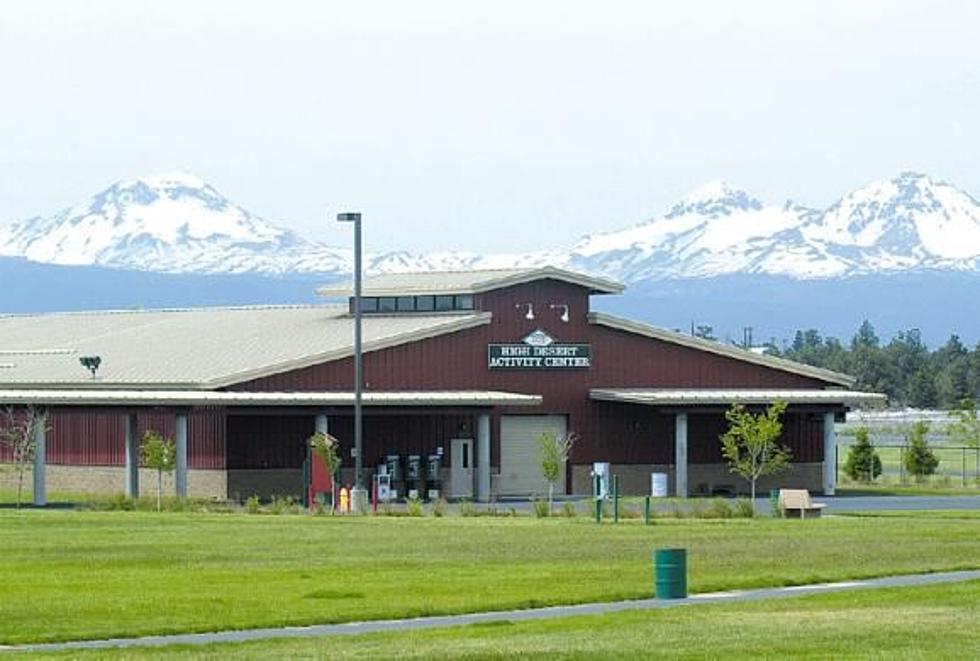
Struggles Remain For the Dairy Industry
Recovering from the global COVID-19 pandemic is proving difficult for all industries, and the nation’s dairy farmers are no different. Pressure points were aligned at both ends of the supply chain. Dairy processors had to make changes in how they market product both domestically and internationally, while on the farm, producers struggled to find labor to help run their operations. The dairy industry has been on a rollercoaster for the past decade, but the past year and a half have been especially dramatic. That’s according to Jeff Lyon, general manager for the FarmFirst Dairy Cooperative in Madison, WI. In March 2020, dairy prices plummeted, but about 6 weeks later, the industry saw record highs in milk production.
“We’re not fully out of the Covid pandemic. You’re still trying to figure things out. If nothing else, 2020 really made the dairy industry, whether you’re a farmer, having to do risk management, those kinds of things, to try to protect yourself.”
Dairy processors also had to make quick changes. The market for dairy products changed fast, and to better meet consumer needs, processors responded. The uncertainty of whether or not the U.S. labor force will be returning is still creating challenges for processors.
“Some of those dynamics really change things on how they’re going to consume dairy products," Lyon said. "So there’s lots of different things that we’re learning.”
One positive result: Lyon says dairy processors have also done a tremendous job of trying to build new markets for dairy products.
“If you lose those markets, if you have even just a small percentage decrease in exports, it could contract the industry," he added. "We might not have the dairy industry that we have today.”
On the global stage, the U.S. dairy industry is doing quite well. Commodities such as whey and cheese are exported, sometimes being packaged specifically to meet international consumers’ needs.
“It’s a whole different thing. Rather than just we’re going to sell a cargo ship of whey, non-fat dry milk, or something like that, it’s a much different thing," Lyon said. "Processors are finding you have to meet the market needs of those customers, whatever they might be.”
Labor has been a challenge for years in the dairy business — and that’s only heightened
“If you can’t find people to milk cows and do those kinds of things, you’re going to have to look at other avenues and other ways to go. Now that’s a sizeable investment, and I don’t think the non-farm public understands, but it’s a capital-intensive business.”
More dairy producers are looking to technology to fill the gaps, and Lyon says a workable immigration policy is a top priority, too. At the end of the day, being resilient is what dairy farmers do best. And it’s what will keep the industry thriving into the future…tape
“I think the success stories are that people have just kept figuring out how to get it done and making changes. I've worked for dairy farmers for a long time in my career," Lyon continued. "A very resilient group of people to figure things out and I think they continue to do those kinds of things.”
If you have a story idea for the PNW Ag Network, call (509) 547-1618, or e-mail gvaagen@cherrycreekmedia.com
More From PNW Ag Network









